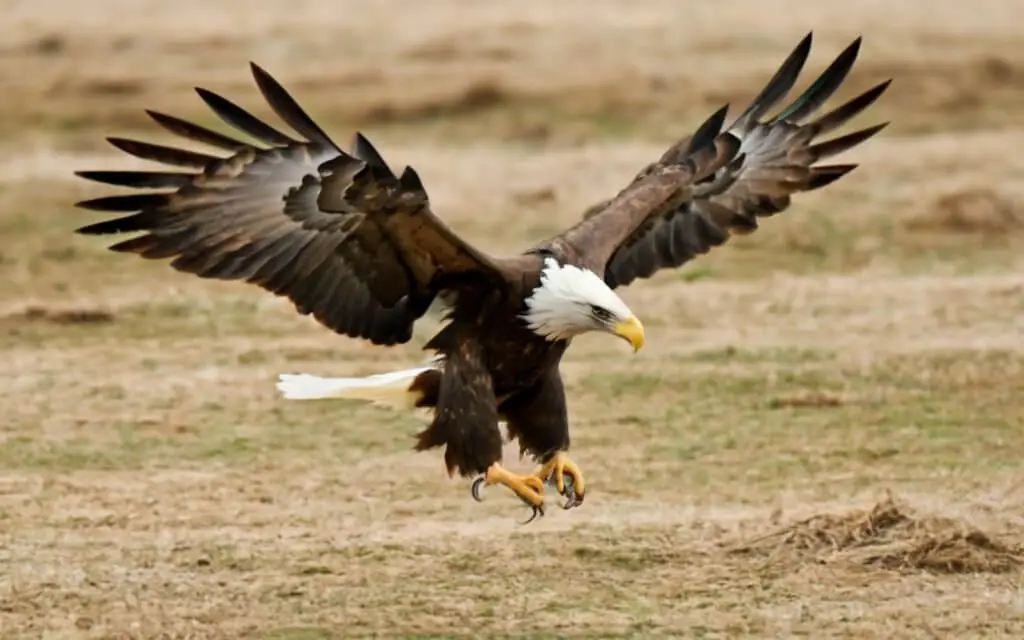Traditional Eagle Hunters: Key Role in Wildlife Management
For centuries in Central Asia, a unique form of traditional hunting has helped local communities sustainably manage wildlife populations – eagle hunting. While it may seem unconventional to Western eyes, this traditional practice plays an important ecological role.

Content
Eagle Hunters: A Brief History
For over 2,000 years, nomadic tribes in Mongolia, Kazakhstan, Kyrgyzstan, and western China have practiced the art of eagle hunting. Young golden eagles or saker falcons are captured from the wild as chicks and trained over several months to hunt small prey at the command of their human partners. Once fully trained, the eagle hunter and eagle team up to locate game in the grasslands.
With their incredible eyesight, eagles can spot potential prey from hundreds of meters away. On the hunter’s command, the eagle will swoop down and capture its target, such as a fox or marmot, with its powerful talons.
Traditional Role in Wildlife Management
Before the rise of modern conservation practices, eagle hunting played an important role in sustainably managing wildlife populations across Central Asia’s grasslands. By selectively targeting problem species or individuals that threatened livestock, eagle hunters helped maintain ecological balance.
They also provided an organic form of pest control, reducing populations of rodents and other animals that damaged crops and grazing lands. At the same time, eagles avoided preying on threatened species. This traditional form of wildlife management ensured that animal populations remained stable for future generations.
Cultural and Ecological Significance
For nomadic herding cultures, eagle hunting took on deep cultural significance beyond practical pest control. It became an art form, a test of courage and skill, and an important part of cultural identity. Even today, eagle hunting festivals featuring demonstrations and competitions help preserve these cultural traditions.
From an ecological perspective, reviving eagle hunting can also benefit grassland habitats. By reducing overgrazing through targeted predation, eagles help maintain native plant biodiversity across the steppes. Their presence deters other predators like wolves from threatening livestock herds as well. Overall, eagle hunting forms a sustainable relationship between humans, eagles, and wildlife.
Reviving the Tradition
While eagle hunting declined during the Soviet era, recent decades have seen a revival of this traditional practice. Communities recognize how eagle hunting supports both cultural heritage and ecological balance.
Conservation groups now work with eagle hunters to monitor wildlife populations and help manage problem species like marmots that destroy vegetation. Some eagle hunters even take visitors on guided excursions to demonstrate their skills and share the importance of grasslands stewardship.
With careful management and cultural preservation efforts, eagle hunting can continue sustainably supporting both people and wildlife across Central Asia’s steppes for generations to come.
In summary, the ancient practice of eagle hunting plays a unique role in sustainably managing wildlife populations. By selectively targeting problem species through natural predation, eagle hunters help maintain ecological balance in grassland habitats.
They also sustain cultural traditions deeply tied to nomadic herding cultures. With ongoing support, eagle hunting can preserve both cultural heritage and biodiversity for many years to come. Its revival demonstrates how traditional ecological knowledge can inform modern conservation efforts.












